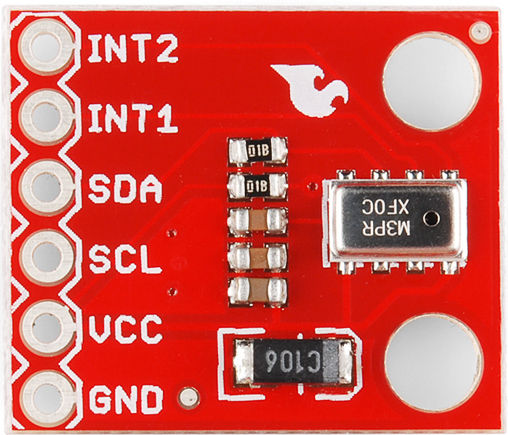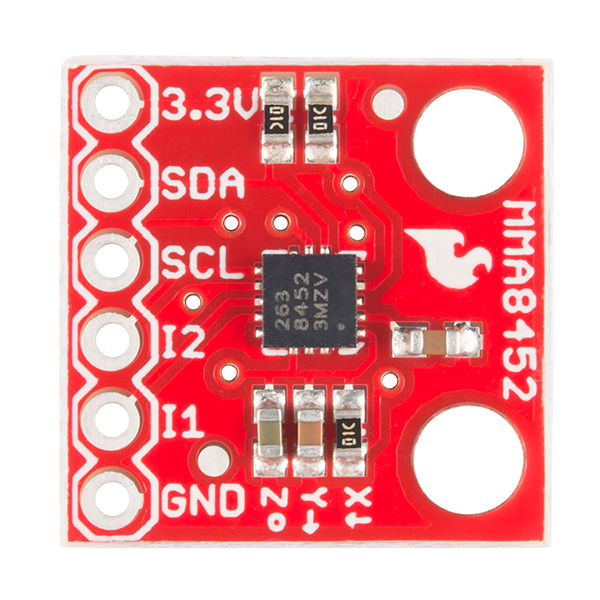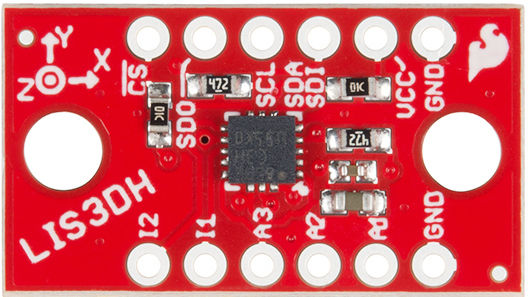Sensors: The Safe Drones
- Joel Neo
- Nov 28, 2016
- 2 min read
For the automatic deployment of the parachute, sensors had to be integrated into the attachment and two main types of sensors were used, an accelerometer and a barometer as well as a radio frequency receiver for manual deployment.
During the initial construction of the circuit, we tried out several sensors, which included the Triple Axis Accelerometer Breakout Board, ADXL335 and an Altitude Sensor Carrier Board, LPS331AP which were cheaper but had a limited coding library and they were also very susceptible to noise.
During this stage we found it difficult to display accurate readings and we eventually retired the sensors because of countless spikes in readings. We then decided to move on to more expensive but better sensors that had inbuilt high pass filters, a large library and a bigger pool of assistance from the developers and forums. The three new sensors were two accelerometer sensors, the LIS3DH and MMA8452Q and a barometric sensor, the MPL3115A2.
The two sensors, the MMA8452Q and, the LIS3DH both provided better readings and had example code to guide us along the way. The two main differences between the two sensors were the functions that the microchip manufacturer provided and the resolution of the readings provided. The MMA8452Q had inbuilt calculations for sensor orientation (flat, portrait right and portrait left, etc) which made it easy for the deployment of the parachute because these were set up in cases. The LIS3DH had an inbuilt free-fall detection which meant that theoretically the parachute could be deployed when the drone falls from the sky.
We eventually found out that this code was fairly simple to be built with the use of some basic mathematical analysis. These new sensors had a higher resolution of readings and provided more accurate readings compared to the old ones. Both also had a high pass filter built into the library which cleaned up the readings from the sensors. Both provided 3 DoF (3 Degrees of Freedom) which basically meant it gave an output for 3 axes and was sufficient for our usage.
We finally decided that we would use the MMA8452Q Breakout Accelerometer board because of its available library for tilt detection and we would only need to implement a code for free-fall detection, with the parachute being deployed when the sensors tilt more than 35 degrees.
All the sensors used were from SparkFun because of their extensive libraries and support.

MPL3115A2 Breakout Board

MMA8452Q Breakout Board

LIS3DH Breakout Board
Connection of these sensors were extremely easier as we could tap on to the I2C interface on pins A4 and A5 on Arduino Unos and ATmega328 board.










Comments